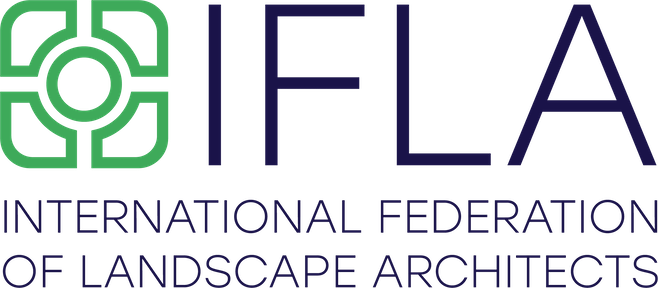Delegate Feature: HKILA President, Iris Hoi on Covid-19

As of today (9 June 2020), the global number of COVID-19 deaths is 401,776. The total number of confirmed cases is 6,961,399 people. Relative to population and area, the worst-hit countries are Belgium and the UK; Belgium reported 9,595 COVID-19 deaths constituting 0.083% of their population (11.6 million) and one fatality per 3km2 (Belgium land area is 30,500km2), and the UK fatality is 40,597, being 0.06% of the population and one death in every 6 km2. Hong Kong is doing very well in comparison, with four COVID-19 deaths making up 0.0001% (HK population 7,496,981). One person has died from this in every 276 km2 of Hong Kong.
Combating the virus is now a major international target. What can we do to minimize the recurrence of the pandemic? What are the key solutions to disease prevention in the 21st century? Health and hygiene awareness is surely the first answer, but we DEFINITELY need to create environments that induce wellbeing. The World Health Organisation (WHO) and UN-Habitat published a sourcebook this year calling for “Integrating health in urban and territorial planning”. This follows a 2016 publication “Global Report on Urban Health”. These documents emphasized the importance of healthy lifestyles and underpin good spatial planning to the creation of healthy cities.
Planning for healthy lifestyles has a strong reciprocal link to sustainable developments. Much of the 17 UN sustainable development goals (SDGs) lead to population wellbeing. These 17 SDGs address social inequalities as well as disasters resulting from climate change, loss of species diversity, and natural habitats. They tell us the bigger picture of combating disease should stem from how we view the way we live with each other, and how we live with nature.
Planning healthy and sustainable cities require top-down and bottom-up collaborations. Policymakers, healthcare professionals, design professionals, and the general public all need to get involved. There are examples that clearly indicate designing with a focus on ecosystem services benefits human wellbeing. If there can be an ideal description of a healthy and sustainable city, it would be “an age-friendly place full of green spaces with ample opportunities for active recreation; a walkable city where all waterfronts, rivers, and lakes are easily accessible; where all developments start with nature-based solutions and be as carbon neutral as possible; a place full of parks, verdant streets, cycle and running tracks, lawns, and playgrounds”.
In Hong Kong, we are actively engaged in promoting healthy city planning and creations. HKILA will collaborate with the HK Institute of Architects, HK Institute of Planners, and HK Institute of Surveyors to host two webinar talks on the call to building a healthy and liveable city for Hong Kong. The webinars will be held in early July and opened to all listeners. Stay tuned for links to these and you are most welcome to contribute your thoughts.
Delegate Feature: Iris Hoi, President HKILA

Iris Hoi is a Registered Landscape Architect with over 30 years of professional practice experience, 28 of which - was spent in Hong Kong. She has been actively involved in the Hong Kong Institute of Landscape Architects (HKILA), where she served the longest tenure of Honorary Secretary from 1991 to 1996.
In her career, Ms. Hoi has helped the Institute develop its Continuing Professional Development standard and has also served on a number of committees including the Public Affairs Committee, Functions and Events, Publication, and Education Committee. Ms. Hoi is also a member of the Board of Education and Research of the Professional Green Building Council, and the Hong Kong Institute of Urban Design.
Professionally Iris is a Director at Urbis Limited with experience in both landscape architecture and landscape master planning, in Hong Kong and other cities of China. She has extensive experience in award-winning large-scale parks and public spaces, commercial, residential, hotel, transport corridors, institutional and infrastructure-related landscape developments. Her involvement ranges from working in multi-disciplinary consultancy teams to producing landscape master plan studies, feasibility/assessment reports, detail design, and construction documents, to contract administration and tender assessment, to site supervision of landscape works implementation.

